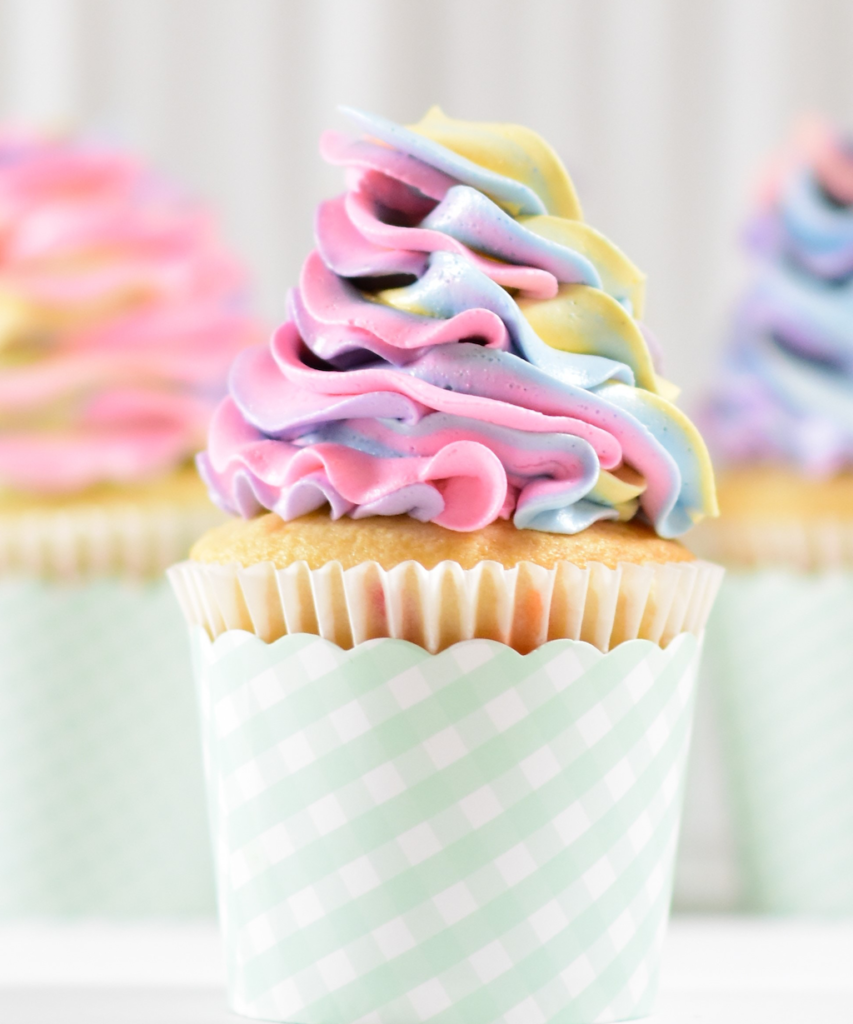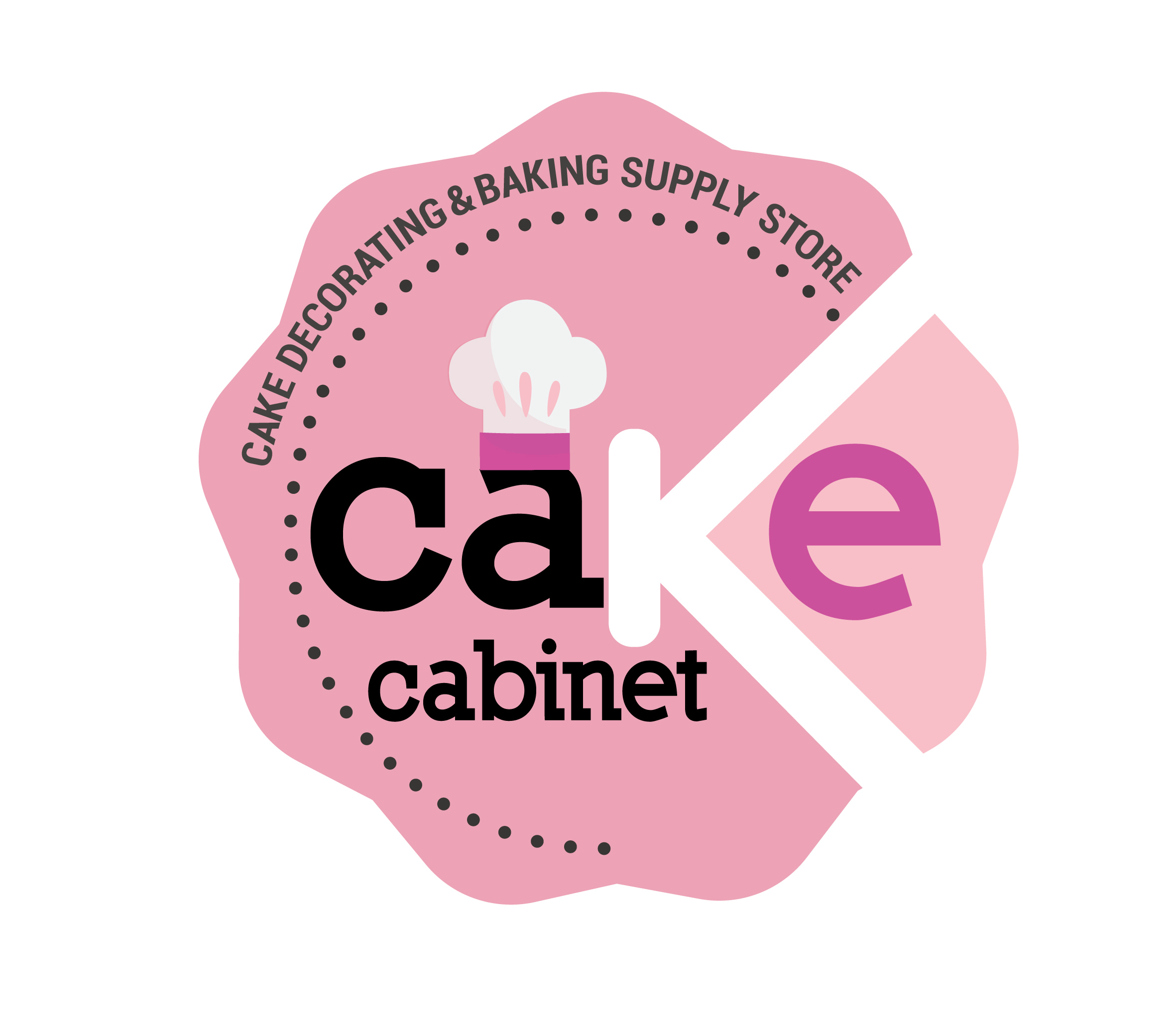Quick and Easy tips on How to Colour Buttercream
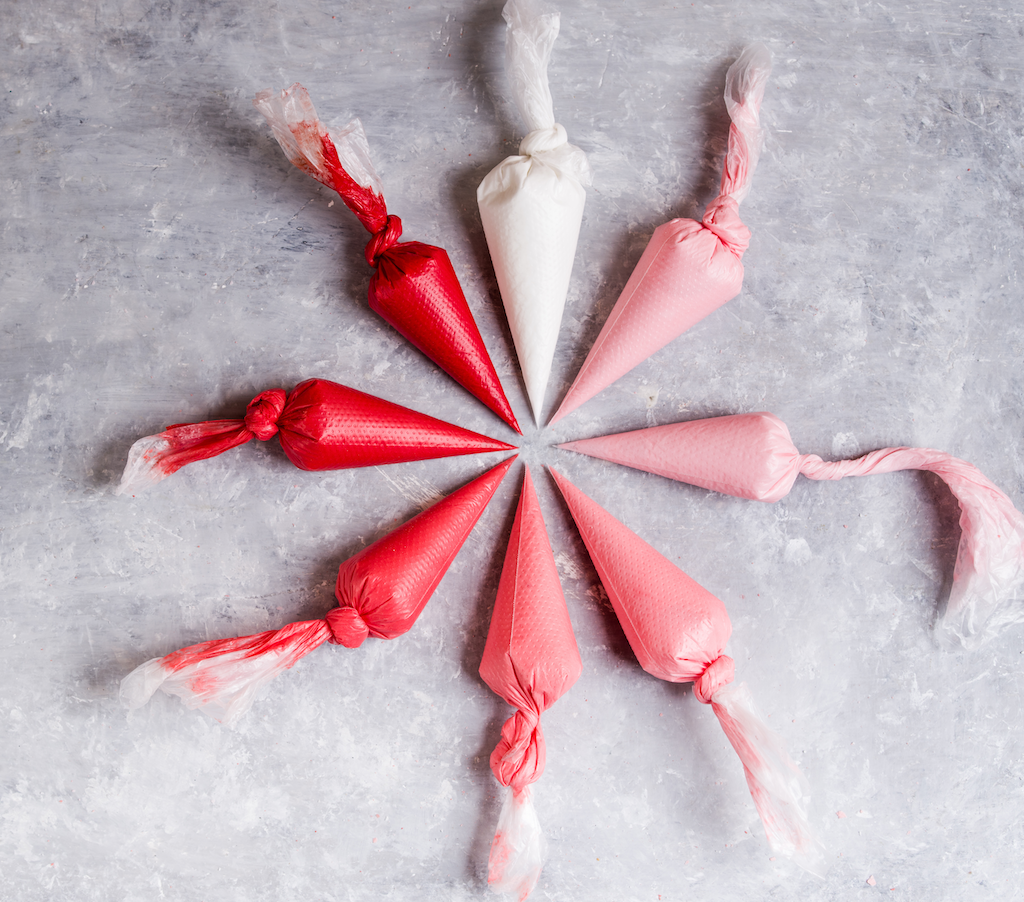
You see all the beautiful cakes on Facebook and Instagram, and something in your mind speaks out, saying "I wonder how they got the colour so right, what did they use? Did they have to add any white to get it so bold?" We are here to answer all those burning questions and give you some tips and tricks on how to achieve something bold and beautiful.
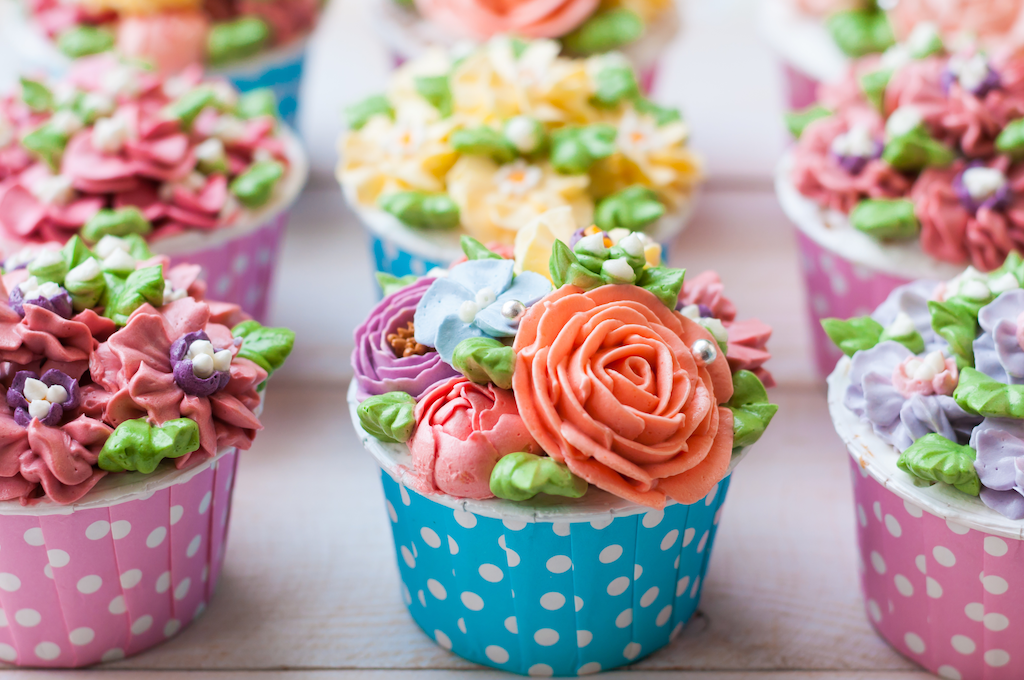
Start with as little colour as possible
When it comes to colouring buttercream, always remember: less is more. Start by adding little colour and gradually build up to reach your desired hue. If you go in ham with the tone, in the beginning, you are likely to end up with a colour that is way too dark. Best way to apply colour is with a cocktail stick; this gives you more control as opposed to squeezing directly from the bottle.
Avoid using liquid colouring
As a general, always steer clear on any liquid colourings, they tend to be too weak in colour, and the watery consistency changes the texture of the buttercream.
Do NOT use liquid colouring in cream cheese buttercream
Cream cheese frosting, in general, is hard to colour. It tends to have a higher ratio of water, and adding more liquids to a mixture which is still somewhat runny will break it down. If you want to tint cream cheese buttercream, please use gel colour.
Whip gel pastes for longer
We usually add the gel pastes to our buttercream, which is already on the standing mixer. Gel pastes have a softer consistency, so they blend easily. If you are colouring several bowls of buttercream, then a spoon will easily do the trick too.
DO NOT OVERMIX!
When colouring buttercream, be sure not to overmix the colour in. The more you beat the buttercream, the more air bubbles will form in the frosting. Those air bubbles are noticeable on the cakes, which isn't a good look when it comes to smoothing on cakes or piping cupcakes.
With practice, you'll be able to eyeball how much colour you should be adding, making you less likely to overmix. Until then, we suggest mixing your buttercream in 5-second intervals and adjusting as you go along.
Start with chocolate buttercream as a base for darker colours
Many darker colours such as black, dark browns, dark reds, require a chocolate buttercream base. The chocolate buttercream reduces the amount of colour needed to achieve a darker hue.
Taste dark colours as you mix
If you need a strikingly bold buttercream, be sure to taste test as you add the colour. Deep colours are more likely to develop a metallic/chemical taste. So adding more flavour is a good idea.
Remember that buttercream has a yellow tint
Most butter is yellow unless you are using President butter, which is slightly paler yellow, more of a white hue. But remember, that yellow colour won't go away, so keep it in mind when you are creating lighter shades.
Lighting affects the colour of buttercream
The lighting in your kitchen can affect how you view the colour of your buttercream. If you decorate in a poorly lit kitchen, the colour might look different when you take the cake to an outdoor party. Blue buttercream will look slightly greenish under a warm light. Pink buttercream can take on an orange/peach tone. That's why working in natural daylight is always the best option!
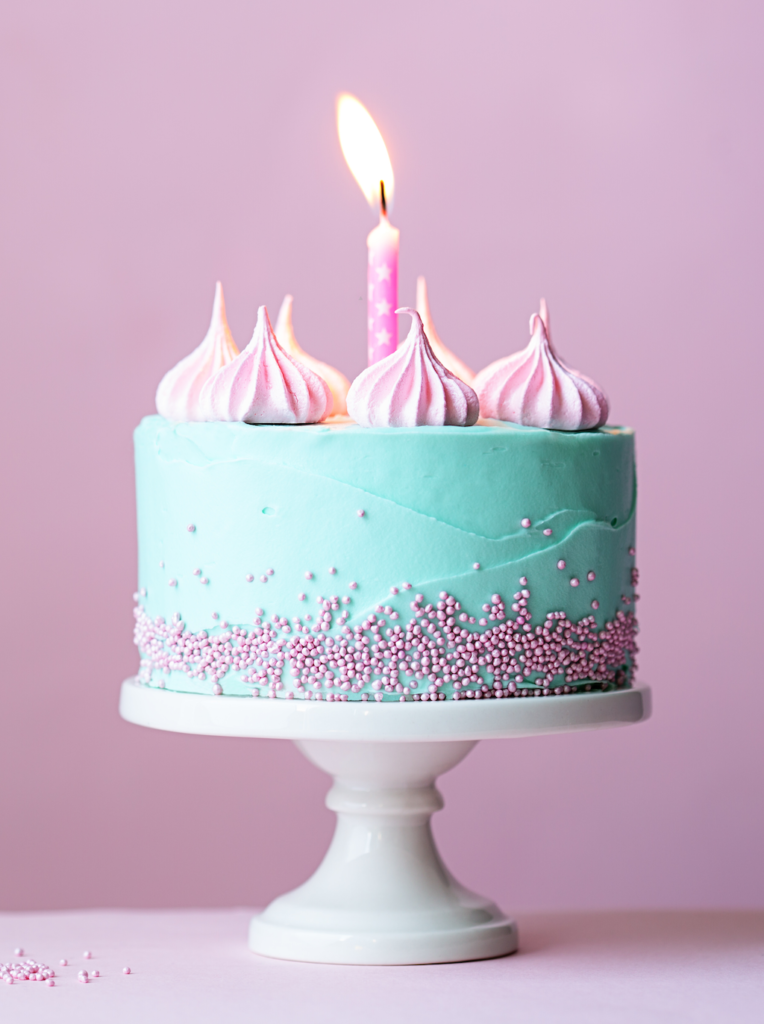
Invest in photography lighting
If you cannot get natural light in your kitchen, or you are a night owl. A great option is to invest in photography lights; they are usually quite bright and have a clean neutral tone. Which means you will see the actual colour of your buttercream.
We hope these tips and tricks come to good use in the preparation of your buttercream :)
